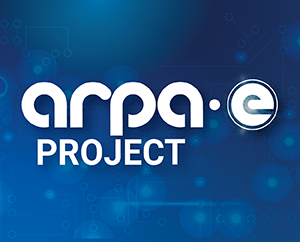Enabling the Grid of the Future

Technology Description:
The University of Minnesota (UMN) will develop a comprehensive approach that addresses the challenges to system reliability and power quality presented by widespread renewable power generation. By developing techniques for both centralized cloud-based and distributed peer-to-peer networks, the proposed system will enable coordinated response of many local units to adjust consumption and generation of energy, satisfy physical constraints, and provide ancillary services requested by a grid operator. The project will apply concepts from nonlinear and robust control theory to design self-organizing power systems that effectively respond to the grid events and variability. A key feature enabled by the proposed methodology is a flexible plug-and-play architecture wherein devices and small power networks can easily engage or disengage from other power networks or the grid. The project's design approach will be tested across many different scenarios while using more than 100 actual physical devices such as photovoltaics, battery storage inverters, and home appliances.
Potential Impact:
If successful, projects included in the NODES Program will develop innovative hardware and software solutions to integrate and coordinate generation, transmission, and end-use energy systems at various points on the electric grid. These control systems will enable real-time coordination between distributed generation, such as rooftop and community solar assets and bulk power generation, while proactively shaping electric load. This will alleviate periods of costly peak demand, reduce wasted energy, and increase renewables penetration on the grid.
Security:
Innovations from this program would help the U.S. grid assimilate at least 50% of renewable generation and provide system reliability and resiliency while managing emerging energy generation and consumption patterns.
Environment:
The addition of flexible loads and DERs into the U.S. grid could offset 3.3 quads of thermal generation and displace 290 million tons of CO2 emissions.
Economy:
Using the NODES approach to integrate flexible loads and DERs into the grid could replace 4.5 GW of spinning reserves (i.e. generation capacity on stand-by in case of outages and unforeseen intermittency), a value of $3.3 billion per year. A more efficient and reliable grid would help protect U.S. businesses from costly power outages and brownouts.
Contact
ARPA-E Program Director:
Dr. Mario Garcia-Sanz
Project Contact:
Prof. Murti Salapaka
Press and General Inquiries Email:
ARPA-E-Comms@hq.doe.gov
Project Contact Email:
murtis@umn.edu
Partners
DYNAPOWER
National Renewable Energy Laboratory
University of Tennessee
University of Illinois, Urbana Champaign
Related Projects
Release Date:
02/04/2015
